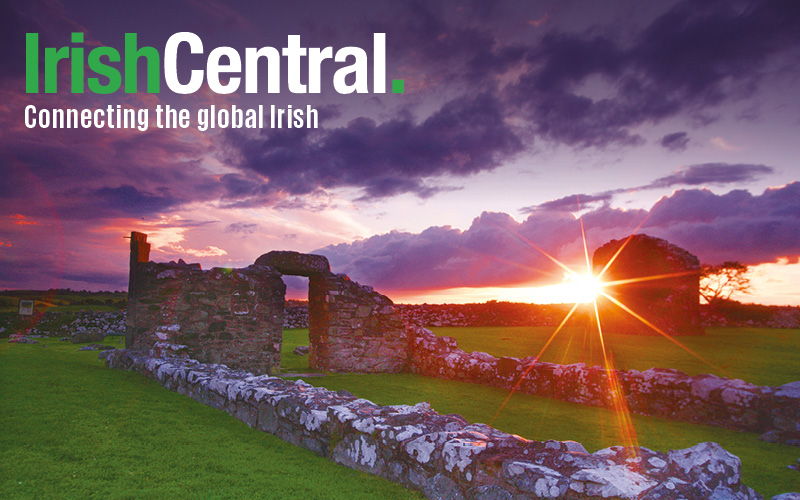| President John F Kennedy |
Late last year, the American edition of the British book A History of the World in 100 Objects was published, following a hugely successful exhibition at the British Museum.
Similarly, acclaimed commentator Fintan O’Toole has been telling the history of Ireland in 100 objects, in conjunction with the National Museum of Ireland.
O’Toole has cited a wide range of objects going back centuries, from a Mesolithic fish trap (5000 B.C.) to coins from the 1200s and 1400s.
All of this begs the question -- if we were going to try and tell the story of the Irish in America, what kind of objects could we look at?
This would be a vast undertaking which would require much more space than this single column. It would also require the collective brainpower of most, if not all, of the 40 million Americans who claim Irish heritage.
Please make your own suggestions. (See contact information below) Here are some of my own:
1) A copy of Cotton Mather’s 1689 book Memorable Providences Relating to Witchcrafts and Possessions. It seems downright treasonous to use such a fiercely Protestant book to tell the story of a heavily Catholic people, but that, of course, is the point.
Mather’s book gives an account of the persecution of one Goodwife “Goody” Glover, an immigrant and devout Catholic who spoke the Irish language. This did not help her when she was targeted as a witch, when four of her children fell ill. She spoke Irish on the witness stand and was eventually hanged.
Mather’s account is a harbinger of all of the trouble the Irish would face in New World in the coming centuries.
2) Along the same lines, I would also include George Templeton Strong’s diaries from the middle 19th Century.
Though a rabid bigot, Strong’s account of the New York City Draft Riots and other key events during the heaviest periods of Irish immigration are invaluable.
3) Buttons, a pipe, a beer bottle, a bone tooth brush, pottery and more have been excavated by archaeologists digging at the site of the former Seneca Village in Central Park. Located at 85th Street and Central Park West, Seneca Village was destroyed to make way for the famed park.
Before that it was home to Irish immigrants as well as many African Americans. The simple objects, and the diversity of the inhabitants, show that different people in New York City were not always at each other’s throats.
The destruction of their homes also shows that life was never easy for an immigrant, even after you believed you’d found a new place to live.
4) A collector of political memorabilia recently spent $106 for a 7-inch ribbon from 1928 which reads: “Tammany Hall: Smith and Walker.”
In terms of saying a lot in just a few words, this artifact is priceless. Tammany Hall, for all its corruption, nurtured Irish American political power for nearly a century.
Al Smith, that rare creature, a loyal Tammany Man untainted by corruption, ran for president in 1928. He faced a wave of bigotry led by the resurgent Ku Klux Klan.
And Jimmy Walker? Well, the playboy mayor of New York proved every stereotype about Tammany politicians true. At least he also showed that not all Catholics were disturbed by adultery.
5) Irish-born sculptor Augusts Saint Gaudens statue of Abraham Lincoln in Chicago’s Lincoln Park. This shows not only a great (and very American) cultural contribution by a prominent Irish artist, but also would lead to discussion about the very complex relationship the Irish had with perhaps the greatest U.S. president.
6) A membership list from the Survivors Network of those Abused by Priests (SNAP). Since there is no ignoring the Catholic element of the Irish story in America, there is also no way to ignore the revelations of the last 15 years or so.
7) JFK’s top hat. There is such a glut of Kennedy stuff, ranging from the tragic to the sentimental. The hat he wore on inauguration day in 1961 (housed at the JFK Library in Boston) strikes me as perfectly playful, and, no, not particularly Irish. Which means the poet Robert Frost was right to tell the president he should be “more Irish than Harvard.”
What objects do you believe represent Irish America? Write your suggestions to [email protected].




Comments